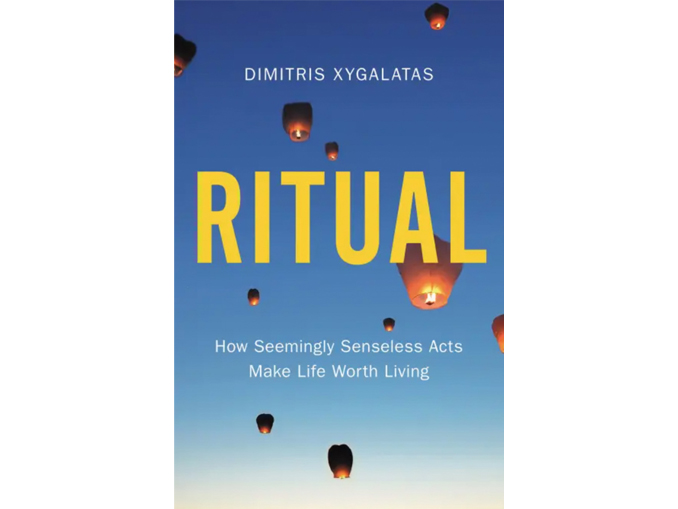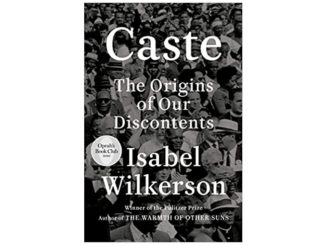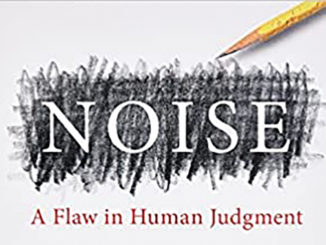Reviewed by James Forr, Head of Insights, Olson Zaltman, Pittsburgh, Pennsylvania, jforr@olsonzaltman.com
For years, Americans celebrated Thanksgiving on the last Thursday of November. In 1939, that final Thursday fell on November 30, only 25 days before Christmas. Retailers, smarting after a decade in the economic doldrums, fretted the consequences of such a short holiday shopping season.
President Franklin Roosevelt heard their cries and, in August, announced he was moving Thanksgiving to November 23. The earlier date promised a more lucrative holiday for stores and manufacturers, made the season a little less frantic for consumers, and gave everyone another week of Christmas carols and twinkling lights. Who could complain? Well, just about everyone.
A Gallup poll found 62 percent of Americans opposed the shift. Football teams that had scheduled traditional Thanksgiving games were left scratching their heads. Turkey farmers worried their timelines were out of whack. One political opponent compared Roosevelt to Hitler, while Maine’s governor refused to carve a Thanksgiving turkey and instead popped open a tin of sardines. Ultimately, about half the states ignored the president’s decree.
The lesson? Do not mess with our rituals.
In Ritual: How Seemingly Senseless Acts Make Life Worth Living, Dimitris Xygalatas, an anthropologist and cognitive scientist from the University of Connecticut, argues that ritual is a human universal, a feature of all societies present and past. It is a bolt that holds together the rickety suit of armor we wear to protect ourselves from an unpredictable, often hostile world.
Take rituals like a judge banging a gavel, a bride wearing clothing in their country’s traditional colors such as white or red, a government official swearing an oath of office, or a community marking Memorial Day with a parade. In a way, these things don’t mean anything. In another way, they mean everything, in part because they confer a sense of significance.
Another thing rituals do is provide a feeling of control, illusory though it may be. Xygalatas argues ritual is especially prominent in unpredictable situations. Gamblers, for instance, are notoriously superstitious. Warriors have long practiced ritualistic behavior to gird them against the battle to come. Many cultures have rituals related to the weather. Of course, the greatest mystery of all, death, is often marked with elaborate rituals.
Ritual also bonds us—and, as Xygalatas illustrates, the tougher the ritual, the tighter the bond. Groups that require a high level of cohesion, such as militaries or gangs, tend to have costly initiation rites. Perverse pleasure can emerge from profound pain; once you voluntarily endure that suffering in the name of the group, you don’t want to leave.
Xygalatas is at his best when he takes us into the field with his research team. We join him in a Spanish village for an annual firewalking ceremony, and on the island of Mauritius, where men celebrate a Hindu festival by subjecting themselves to extreme body piercings. Xygalatas’s work demonstrates that these rituals build and reinforce community bonds and may even stimulate the reward centers in participants’ brains, turning agony into ecstasy.
Consumer behavior is not Xygalatas’s focus. The closest he gets is his chapter on Burning Man, whose ritualistic hardships have helped make it a secularly sacred event. Nonetheless, his lessons are relevant to market researchers. We may encounter rituals in relatively mundane places—the twist-lick-dunk process of eating an Oreo, the lime that turns a simple bottle of Corona into a beacon of emotional freedom, the cultish communal suffering of CrossFit. These rituals may be simple, but they are meaningful.
Consumers often think of themselves as value-seeking robots who base all their decisions on price and quality, and if you stick to the shallows, that’s as far as you get. But, as we know, pleasant surprises lurk in the deep. Rituals are difficult to discuss because their influence is largely unconscious, but they can hold the secret code that elevates a brand experience from one that is merely pleasant to one that is extraordinary and irreplaceable.
“[B]y our very nature we crave ritual, and thus the void created by the retreat of religious and state ceremonies is inevitably filled as other domains of life become more and more ritualized.”
—excerpt from Ritual




